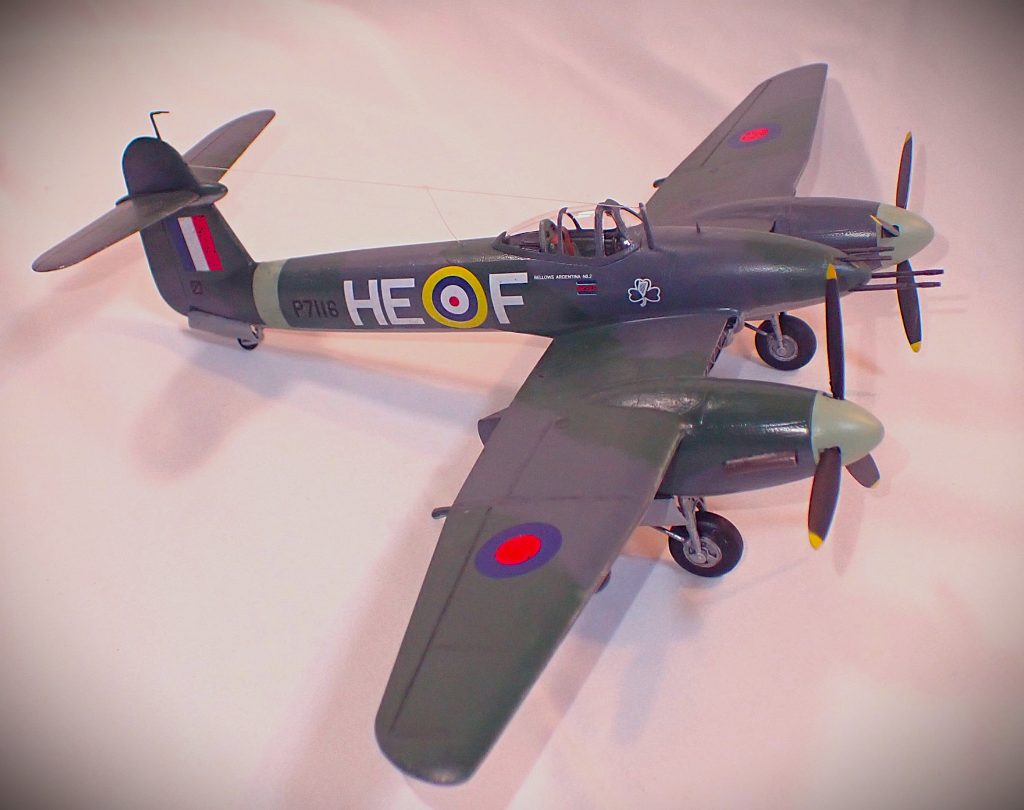Not to be confused with the helicopter, the Westland Whirlwind is a twin-engine fighter produced by Westland Aircraft. It was the first single bay twin-engine fighter armed with cannon for the RAF. It was a small aircraft and developed around the same time as the Spitfire and Hurricane. It was one of the fastest fighters in the world and the most heavily armed with four Hispano-Suiza 20mm cannon in the nose. However, the problems with development of the Rolls-Royce Peregrine powerplant delayed manufacture. It was finally ready in 1940, and the first aircraft introduced in June 1940. Only 114 were built equipping only three Squadrons. Its performance was brilliant with good success as a fighter and ground attack aircraft, but it was to become obsolete by 1943 and removed from frontline service the same year.
It was a fast aircraft with a maximum speed of 360mph. Nimble and very manoeuvrable it mostly flew over the Channel to conduct low level attack sorties, code named “Rhubarbs” for ground attack or “Roadstead” for attacks on shipping. 263 Squadron was the first to be fully equipped with the Whirlwind becoming operational in December 1940 at RAF Exeter. Four aircraft were delivered to 25 Squadron in May 1940, but the unit soon converted to Beaufighters. 137 Squadron formed in September 1941 with the Whirlwind and, together with 237 Sqd, specialised in attacks on enemy rail targets. In the summer of 1942, the two squadrons were fitted with underwing bomb racks to carry either 250lb or 500lb bombs. The nickname of the “Whirlibomber” was bestowed on the aircraft.
The last mission by the Whirlwind was flown on 29 November 1943 by 263 Squadron. The unit was to re-equip with the Hawker Typhoon in December of the same year. The type was retired from operations in December and in January 1944 declared obsolete with all but one being scrapped. The last remaining Whirlwind was given civil rights in 1946 but retired and scrapped in 1947. Therefore, no remaining Whirlwinds survive today. However, there is an ongoing replica project in Hawkinge, UK, underway to build an airworthy example of the type.
